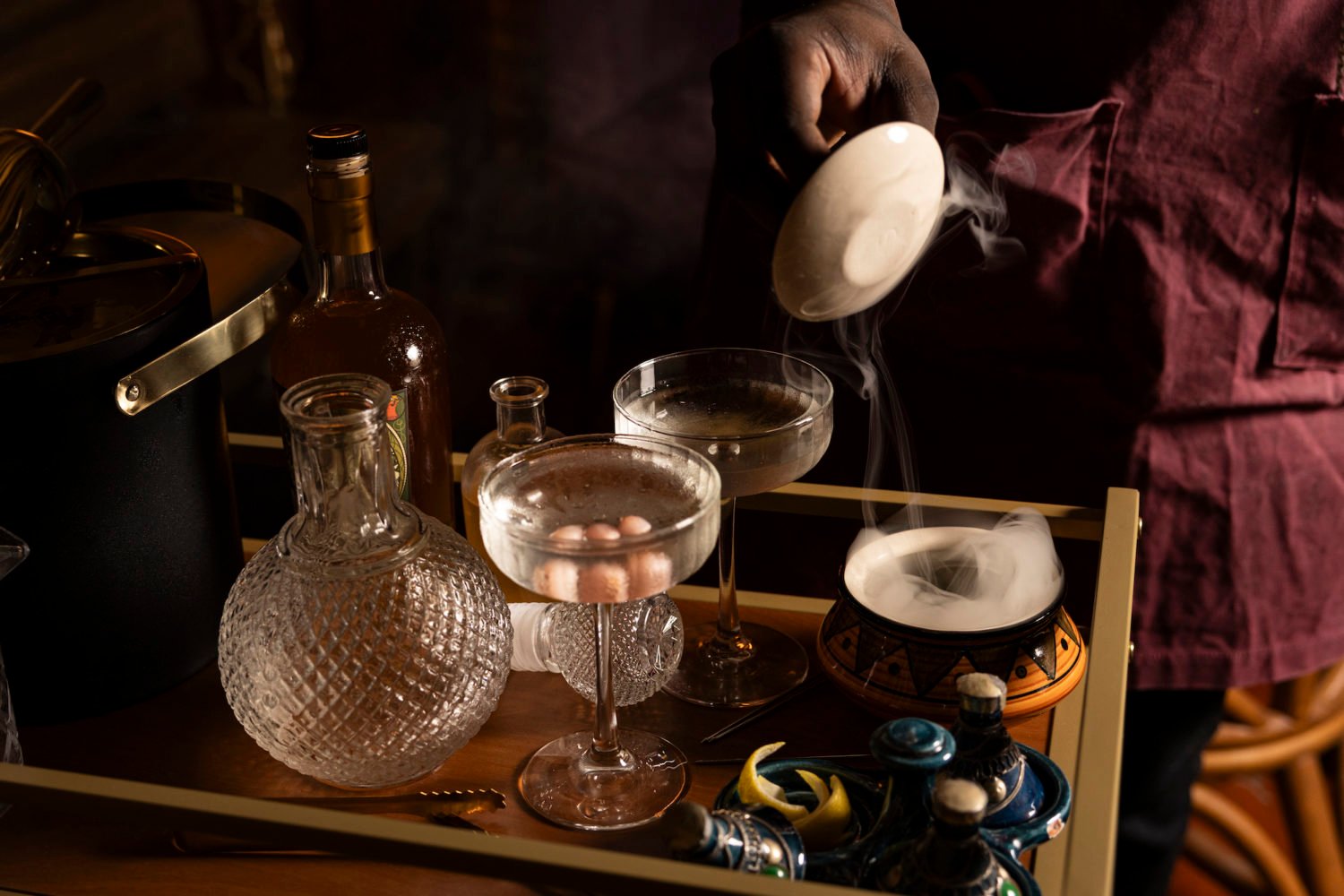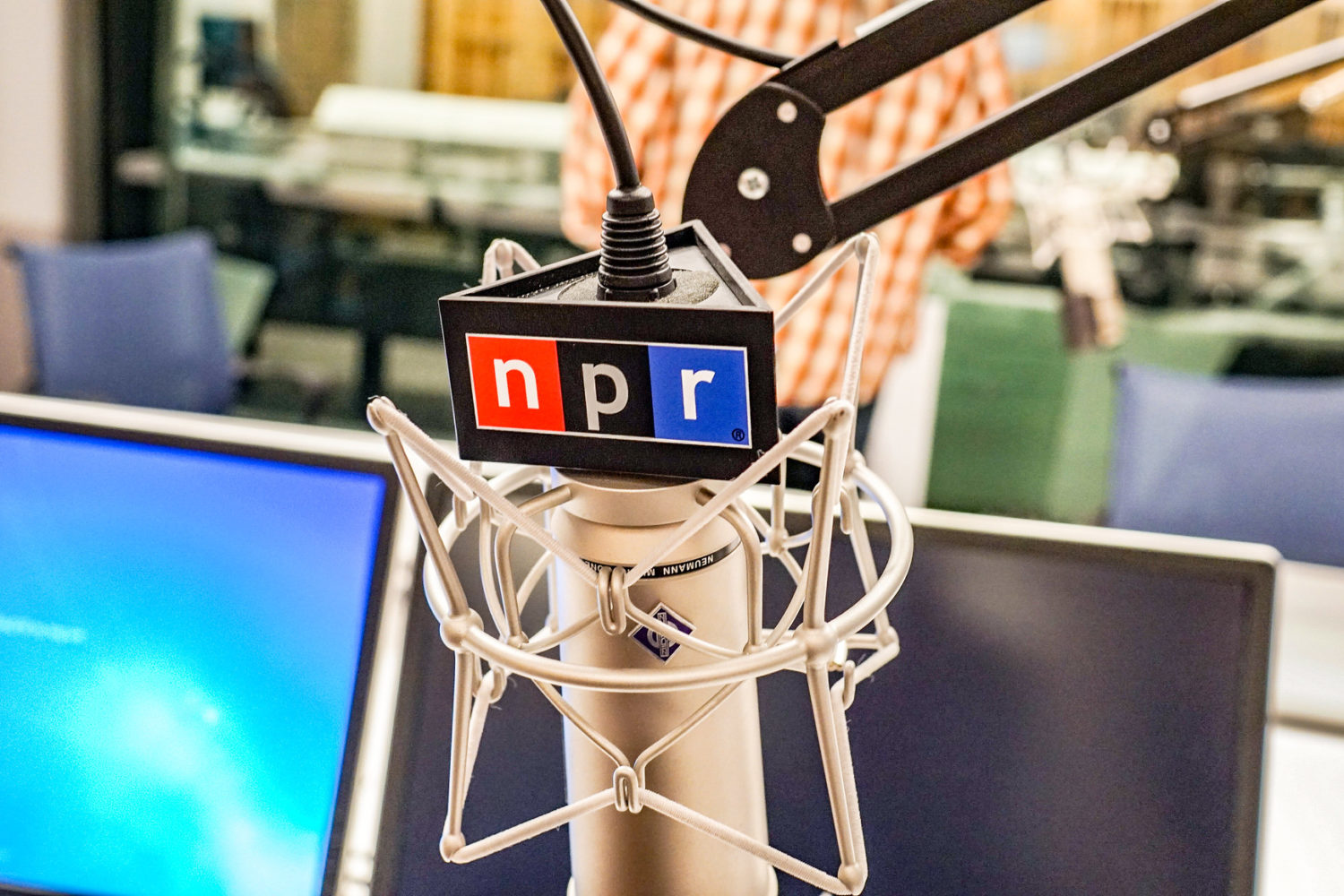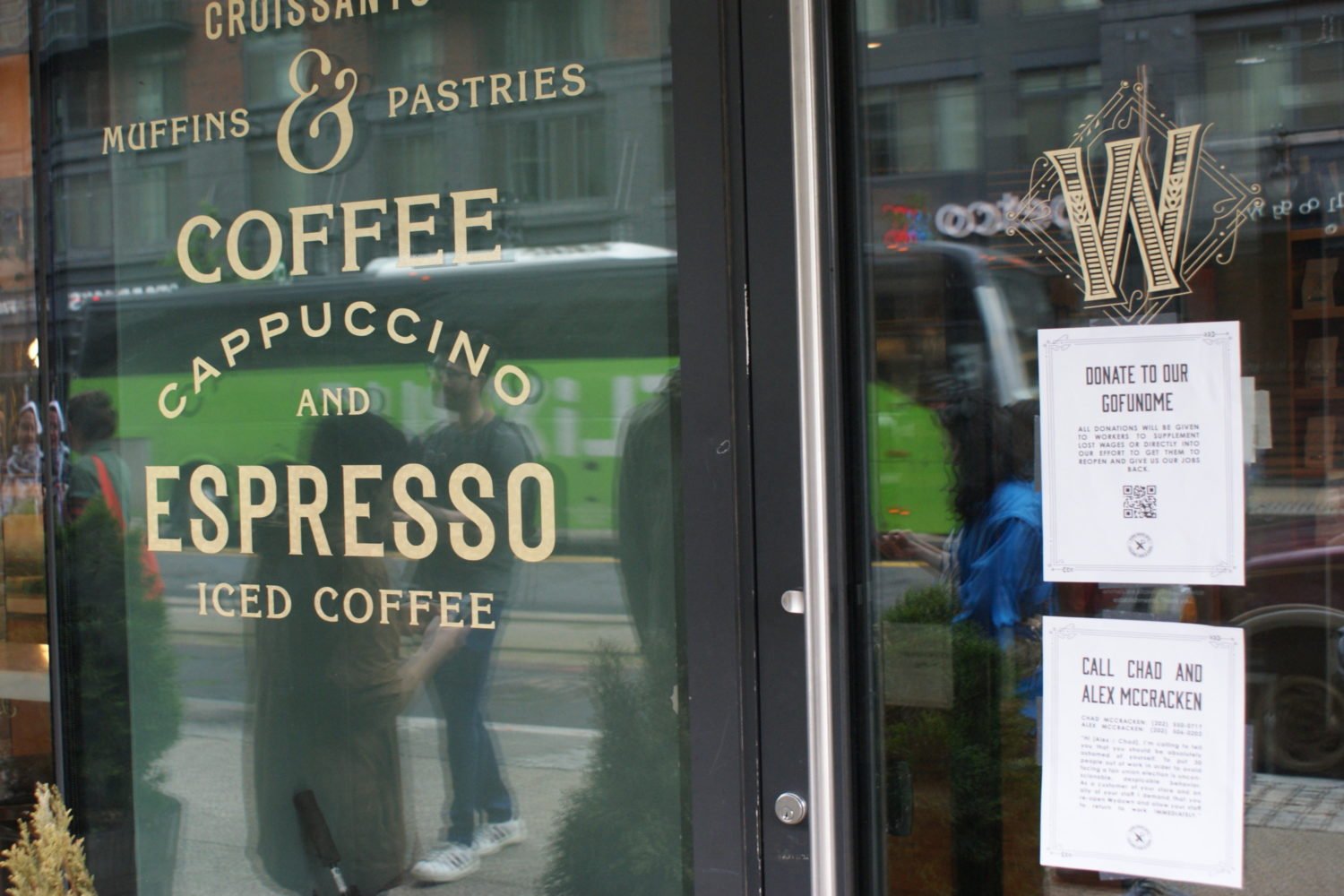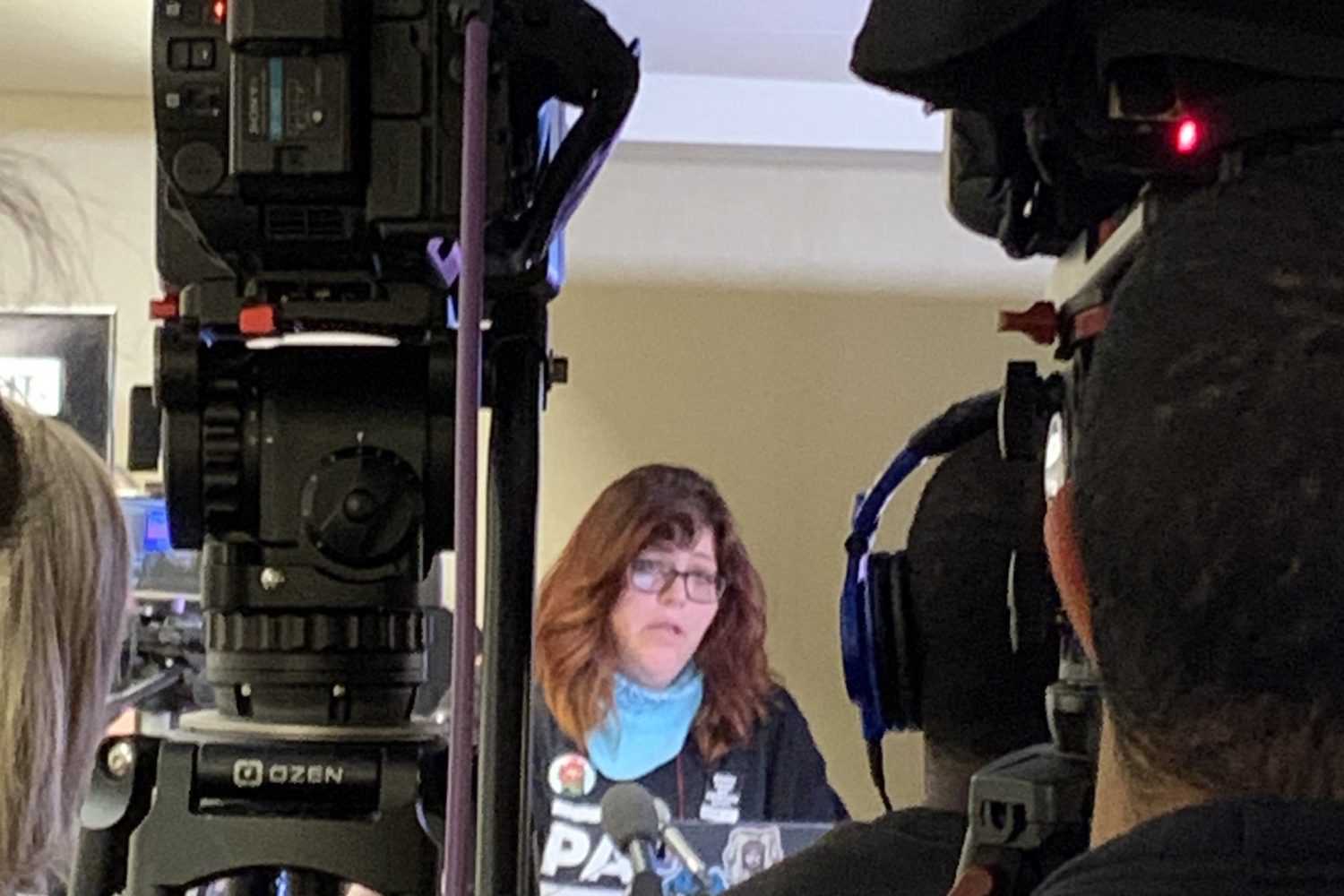Luxurious bathrooms with not just a tub and a shower but “water experiences” may have been born in Hollywood homes and Manhattan hotel suites. But home-improvement shows, upscale hardware stores, and day spas are all influencing the master bath.
The more you see, the more you may want.
Here’s a look at what’s making a splash among tub and shower choices.
Today’s Tubs
When choosing a tub, you want to consider size (bathing alone or in tandem?), material (acrylic is preferred for durability and heat retention), the deck (wide is nice for accessories within reach), heaters, and faucet options that include double faucets and double drains to expedite filling and draining. Some tubs have the added beauty of infinity edges, made possible by tub-within-tub construction.
Whirlpool tubs with massaging jets have long reigned and are still popular, but soaking tubs, air baths, and the no-tub-at-all option are giving whirlpools some competition.
With an air tub—which is quiet, low maintenance, and hygienic—instead of water shooting out of jets, Champagne-like bubbles flow in. Scrubs, salts, and oils that are prohibited in whirlpools are fine in air tubs.
The main feature of soaking tubs is added depth. While regular bathtubs are about 14 inches deep, a soaking tub, often about 20 inches deep, allows most bodies to sink in comfortably over the shoulders. Some have seats for safety and comfort.
“We work with each client to size the tub appropriately,” says Bruce Bowers of Bowers Design Build in McLean. “Some are custom framed and tiled to fit the size and height of the client.”
A Korean company called Whitespa (softbathtubs.com) worked with Cornell University scientists to create what may be the only hydrotherapy tub that is padded with cushioning. It retains heat well, the jet action is quiet, and the nonskid surface prevents injuries.
Who Needs a Tub?
According to industry experts, people hardly ever use their whirlpool bathtubs. That translates to very expensive bath time, and the mention of that by contractors and designers often persuades clients to direct remodeling dollars toward showers.
“One of our first questions to a new customer is ‘Do you need a tub at all?’ ” says Dean Cretsinger, director of architecture at Bowers Design Build.
Some homeowners are hesitant, but many forgo the tub in the master bath as long as they have a tub elsewhere. It is an easier decision for people who plan to be in their homes long enough to shrug off resale concerns.
Shower Powers
As bathrooms have grown in size, showers have too, and they now come with many features.
“Customers want a certain number of body sprays,” Cretsinger says. “It’s typical to have a hand-held, a rain showerhead, plus a normal showerhead and body spray.”
Showers now provide some of the soothing comfort previously known only in the tub.
“We have designed showers large enough to accommodate the person taking the shower as well as a second person sitting on a bench at the far end, reading the morning paper unperturbed by the spray, discussing the day’s events with the ‘wetter half,’ ” says Kai Tong, director of architecture at Hopkins & Porter in Potomac. “We design shower spaces without doors, enclosure panels, or threshold. This creates a true sense of room openness.”
This doesn’t come cheap: a rainwater showerhead alone can cost more than $400—and some can cost $4,500.
Steam and Rain
In recent years, home steam showers have gained in popularity.
Bowers says more than 20 percent of his clients who are renovating or adding a bathroom want a steam shower. “I attribute this to the fact that baby boomers are living a healthier lifestyle,” he says. “They are working out more and enjoy a relaxing shower to complete their exercise routine.”
A steam shower produces water vapor—commonly called steam, though it is not—using a humidifying steam generator. The shower does not have to be used just for steam; it can operate as a regular shower, too.
Steam showers are self-contained to prevent water vapor from damaging wallpaper, paint, or drywall. There are prefab units, but Washington homeowners almost always opt for steam showers to be custom built with their choice of tile, shower doors, and other features. Adapting an existing shower to steam costs $4,000 to $6,000.
Besides steam, shower amenities can include ceiling rain (tile dotted with holes through which water drips like rain), foot massagers, hands-free telephone hookups through a speaker/microphone system, stereo sound system with iPod compatibility, aromatherapy, and chromatherapy, in which LED lights transmit colors through the water as a “healing” therapy.
There’s even the Kohler DTV, a $2,089 digital controller that stores multiple showering preferences.
A Fix on Fixtures
After you decide on the number, types, and location of sprays you want in your shower, the next step is selecting the right valve system.
Valves, which turn water on and off and control temperature, are pressure-balanced, meaning that if the hot water reduces, the cold reduces as well.
Most pressure-balanced valves do not give you volume control: When the water is on, it’s at maximum pressure, four to six gallons a minute. This is fine for single-head showers. New custom showers with multiple sprays require a thermostat valve that not only balances the water pressure and regulates temperature but adjusts volume of flow at a rate of 12 to 18 gallons a minute.
Stepping Out of the Shower: Heated Floors
Radiant floor heat has become a common consideration in renovations and new construction, and an average-size bathroom can be retrofitted for $3,000 to $5,000.
“Many of our clients are surprised by the degree to which they enjoy having radiant floor heat,” says Tong. “Radiant systems can be either hydronic or electric, and thermostatic controls have become simple, precise, and more aesthetically styled as well.”
Another consideration: After you put in a new soaking tub or a shower, the old 40-gallon water heater will have to go. A new 80-gallon model will cost about $1,500 installed.














